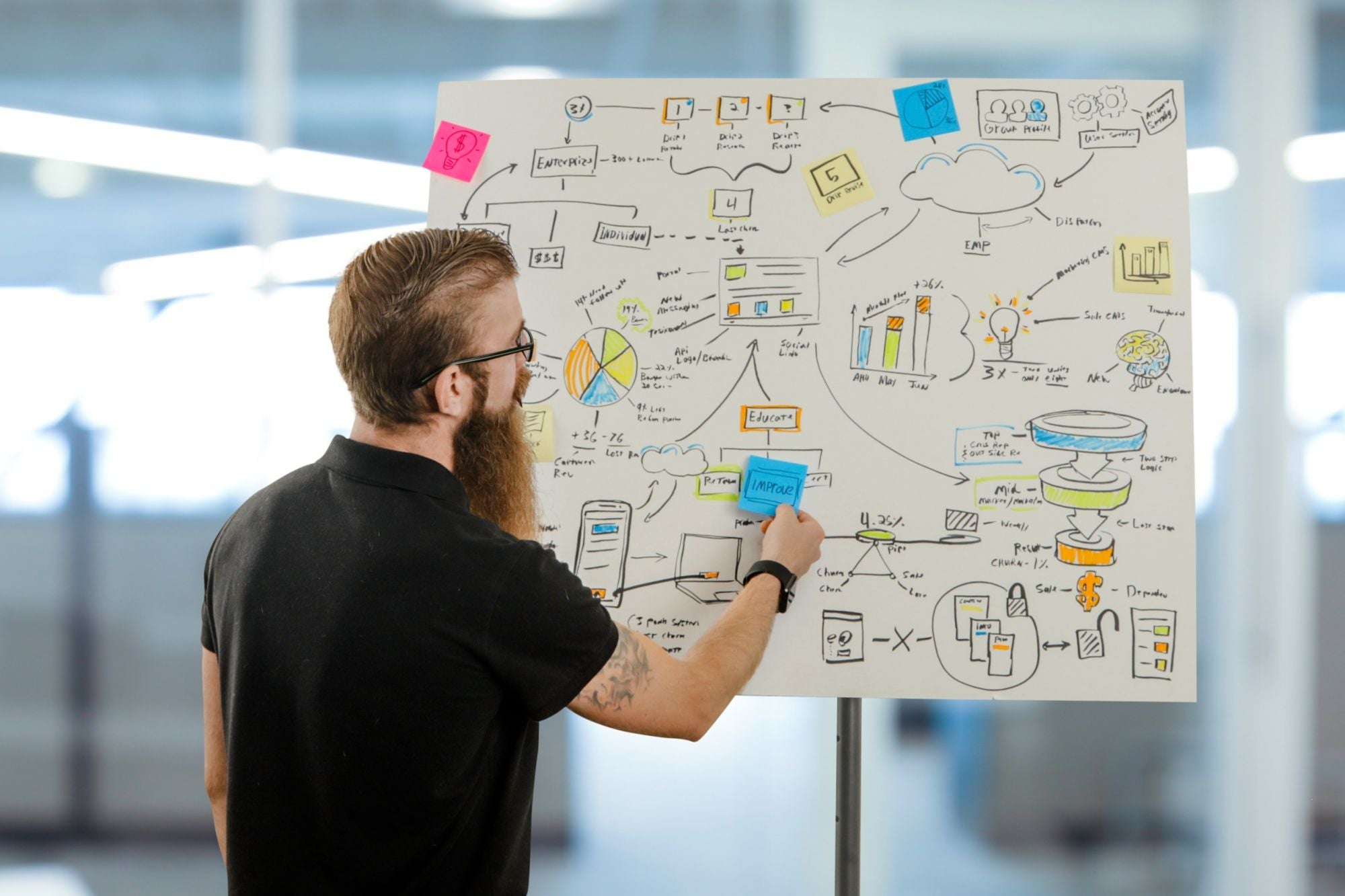Get Up to Speed on the Marketing Flywheel Forget the funnel. This is what customers want.
By Syed Balkhi
Opinions expressed by Entrepreneur contributors are their own.

The funnel concept has been around for a long time. Marketing teams use it to plan out the journey people take from prospect to lead to customer, and it's worked. Lately, however, companies are switching to a marketing flywheel. Why the shift? One word: customers. It turns out the funnel doesn't work that well for customers. It's not focused on them, but rather, is more of a conveyor belt where things happen to them. Customers aren't in control of their journey — you are.
By moving to a customer-centric business model, everything changes. They're finally in charge of their experience. And that's where the flywheel comes in. The flywheel puts your customers at the center of your marketing efforts, creating a better experience for them and driving growth for your business for years to come.
Related: Being Client Obsesses is the Key to Success
Flywheel Versus Funnel
A flywheel is both a metaphor and real-life tool we use in cars, trains, power plants, engines and more. It's a simple wheel on an axle that stores energy as it spins. Once it's spinning, it takes less effort to keep it moving (there's more physics to it than that, but that'll work here). Flywheels have powered our world since James Watt perfected it during the Industrial Revolution.
In the business world, the concept of the flywheel came from Jim Collins and his book, Good to Great. He explained that through a continual process of "relentlessly pushing a giant, heavy flywheel, [you build] momentum until a [breakthrough] point." Only then will the flywheel continue to spin with only minimal pushes; its innate momentum will keep it going.
Funnels lose energy by the time a lead reaches the bottom. You've completely lost any momentum it gained as it moved through the funnel, and there's no way to harness it to drive future growth. Meanwhile, you're busy using up energy to generate new leads every month.
A flywheel, on the other hand, leverages the momentum of every lead and customer to keep spinning throughout the customer journey. It does such a good job of preserving momentum that you only need to give small pushes to keep it moving and grow your business.
How the Flywheel Works in Business
HubSpot CEO Brian Halligan replaced his company's sales funnel with the flywheel a few years ago. He sees the customer as the lynchpin of it, with the wheel divided into three segments that represent specific stages of their customer journey: attract, engage and delight. Activity in each segment creates energy and passes it along to the next, until it reaches "attract" again, where satisfied customers become evangelists, attracting new leads. Other companies divide the flywheel into marketing, sales and service. Each activity feeds into the next, spinning it around and around, with the customer always at the center.
Once you get the flywheel spinning, however, it's critical to keep it moving. Friction is the enemy of the flywheel, as it kills any momentum you've built up. You must eliminate the friction at any stage of the journey; otherwise, you'll stall it.
Another Real-World Business Flywheel
Amazon started using a version of the flywheel nearly two decades ago. Jeff Bezos was inspired after hearing Collins speak at an Amazon corporate retreat in 2001 and created the "virtuous cycle." He understood how the flywheel could help him build on each action he took for his customers to help attract, delight and service them to drive serious growth.
Shifting to the Flywheel
Three factors determine the momentum of your flywheel:
1. How big and heavy your flywheel is
The size and weight of a flywheel directly impacts its momentum and how quickly it stops. On a business flywheel, the "weight" is your happy customers. As you increase speed and reduce friction, you'll create more happy customers, which equals a "heavier" wheel, which produces more energy and momentum, and so on.
2. How fast you spin it
You affect the speed of your flywheel by giving it more "pushes" in ways that will have the most significant impact on your customers. Each activity is considered a "push."
3. How much friction there is
Friction can happen anywhere on the flywheel, especially if everyone in your business is using it. Make sure that none of your actions oppose each other and impact customers negatively. When everyone is aligned, your efforts will feed into and off each other, keeping your flywheel spinning nicely.
Related: Use Video in Every Step of Your Marketing Funnel
Getting Started With the Flywheel
Using the flywheel in your business doesn't mean you have to transform your processes completely. It's more of a mindset shift that identifies the opportunities where you'll have the greatest impact on your customers. With the flywheel mindset, you can affect change anywhere in your organization that'll impact your customers. For example, you could:
Create helpful and engaging content that's focused on helping customers learn, instead of selling to them.
Use "customer-friendly" language that's easier for customers to read and use, reducing the number of support calls you get and the timelines for setting up customers.
Make it easy for customers to contact you if they need help.
Buy the right technology tools that foster a collaborative work environment for employees, so it's easier for them to innovate and delight customers.
In the end, the flywheel ensures that everyone in your business is working towards the same goal: keeping the flywheel spinning to create better customer experiences. It'll take some time and effort to get it moving at first, but once it gains momentum and sales increase, you'll see it's well worth it.











